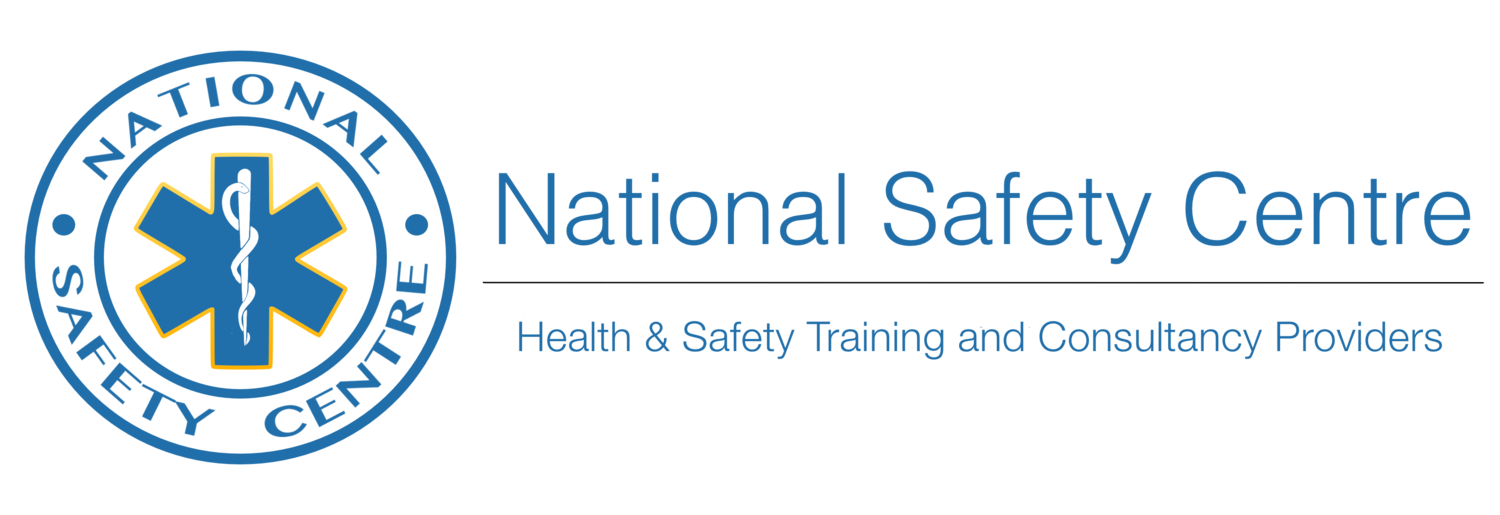Participants who have completed this course will be able to
Operate a system of commands and procedures.
Describe the nature of fire and how to extinguish it.
Use every type of hand held fire extinguisher in the right conditions.
Follow correct procedures with fire fighting procedures.
Operate breathing apparatus. Fight a chemical fire.
Fight fire in a building using breathing apparatus.
Select and use PPE.
Respond to chemical spill incidents.
Who should attend?
Fire team members from all sectors of industry and commerce. Persons nominated for this course must be medically fit.
Duration
2-3 Days
Maximum Number of Candidates
8 Per Trainer
Course Content
Relevant legislation including the Fire Services Act 1981
Cause and cost of fires
Understanding fires
Physics and chemistry of fires
Development and spread of fire
Portable fire extinguishers Theory
Fire classification
Types of fire extinguishers
Operation of fire extinguishers
Inspection and maintenance of fire extinguishers
Records
Action in the event of fire
Role of ERT
Selecting and applying the correct extinguishing agent
Locating the fire
Fighting the fire
Practical demonstration and use of portable fire extinguishers
Familiarisation and use of fire equipment - fire hoses, hydrants, foam making equipment
BA - Set description
BA - Ancillary equipment
BA - Control procedures
Pre-use, donning and doffing procedures
Elementary physiology of respiration
Guide and personal lines
Working in heat and smoke
Search procedure
Entrapped procedure
Practical exercise wearing Breathing Apparatus
Cleaning and servicing of sets
Records
Post test
Chemical hazards
Types of spills
Information retrieval and Substance identification
Selection of Personal Protection Equipment - PPE
Routes of entry into the body
Levels of chemical suit protection
Use and limitations
Working duration
Donning and doffing practical
Chemical spill response procedures
Approach
Assessment
Site control
Control and containment
Atmospheric monitoring
Decontamination
Termination
Practical exercises
Clean, check and store equipment
Post test
Certification
National Safety Centre Certificate of Attendance

